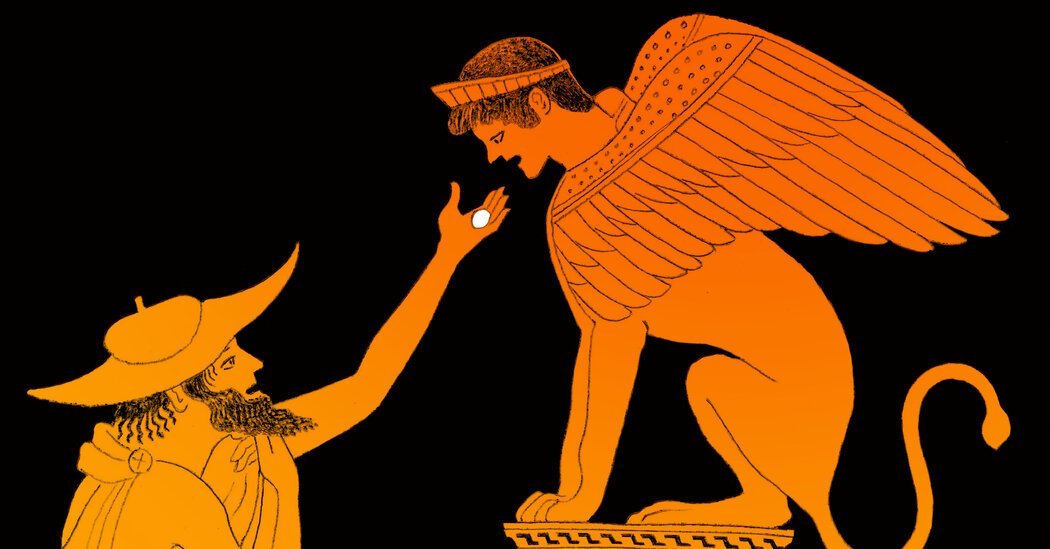

The group will largely restrict itself to the last 2,000 years, but Dr. Black said some detours are irresistible, like the Tomb of the Eagles, a 5,000-year-old stone-age site in the Orkney Islands known officially as the Ibister Chambered Cairn. The cairn, or tomb, held about 16,000 human bones, and the remains of about 30 white-tailed sea eagles, Dr. Black said. “They were deposited over quite a significant period of time,” he said, “so it was people coming back, putting eagle remains in there.”
He said: “The key question that nobody has really answered at the moment is whether people went out and killed and then deposited them as a sort of an offering. There is a suggestion that they may have been pets.” If that were the case, the eagles would have probably been eating a different diet than wild eagles that were foraging at sea.
Dr. Sykes sees much of the human habit of feeding animals in the light of domestication, which she says happened as much through the process of humans feeding animals as it did through catching and corralling them to eat. That seems clear enough with our close companions, dogs and cats.
It also seems that some animals that we now eat, like chickens and rabbits, may have first come into our lives not as food, but as eaters.
And, she said, “domestication is not this thing that happened way back when, in this kind of neolithic moment where everybody got together and goes, we’re going to domesticate animals. I just don’t buy it. I think it’s something that has not only continued throughout time, but it’s really accelerating.”
Bird feeding is just one example, and that sets off warning bells for her, because domestication and extinction often go together even if the cause and effect isn’t clear.
The aurochs gave way to cattle. There are plenty of domestic cats in Britain, but just a few Scottish wildcats. Wolves are still here but not the wolves that dogs descended from. They are extinct. And modern wolves are just hanging on, while dogs might number a billion. Their future, at least in terms of numbers, is bright. As long as there are people, there will be dogs. No one knows what they will look like, and whether we will have to brush their teeth day and night, and spend a fortune on their haircuts. But they will be here.
The same cannot be said of wolves. And as wild creatures go extinct, we all lose.
24World Media does not take any responsibility of the information you see on this page. The content this page contains is from independent third-party content provider. If you have any concerns regarding the content, please free to write us here: contact@24worldmedia.com

Common Mistakes When Using Athletic Field Tarps

High-Performance Diesel Truck Upgrades You Should Consider

Warehouse Optimization Tips To Improve Performance

Fire Hazards in Daily Life: The Most Common Ignition Sources

Yellowstone’s Wolves: A Debate Over Their Role in the Park’s Ecosystem

Earth Day 2024: A Look at 3 Places Adapting Quickly to Fight Climate Change

Millions of Girls in Africa Will Miss HPV Shots After Merck Production Problem

This Lava Tube in Saudi Arabia Has Been a Human Refuge for 7,000 Years

Four Wild Ways to Save the Koala (That Just Might Work)

National Academy Asks Court to Strip Sackler Name From Endowment

Ways Industrial Copper Helps Energy Production

The Ins and Out of Industrial Conveyor Belts